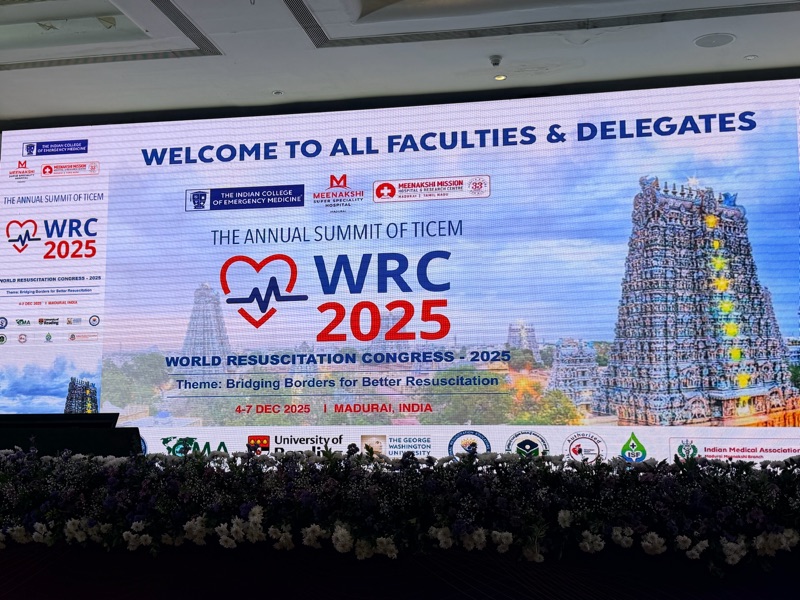To set up a Trauma Code in an Indian multispeciality hospital, guidelines draw on national standards from the Ministry of Health and Family Welfare (MoHFW) and the National Health Systems Resource Centre (NHSRC), as well as international protocols such as ATLS (Advanced Trauma Life Support). The following components should be included:
Infrastructure and Facilities
The hospital must designate a Trauma Resuscitation Area (Red Zone) and Treatment Areas (Yellow Zone) compliant with the Government of India’s operational guidelines for trauma centers.
The resuscitation bay should be equipped for airway control, ventilation support, circulation monitoring, IV access, and rapid transfusion.
Facilities for radiological imaging, surgical procedures, and ICU-level care must be accessible within minutes of activation.
Trauma Team Activation (Trauma Code)
Develop a tiered response system (e.g., Level 1 for major trauma, Level 2 for moderate injury) similar to international trauma activation models.
Activation criteria include:
Systolic BP ≤ 90 mmHg
Respiratory rate <10 or >29/min
Glasgow Coma Scale ≤ 10
Major penetrating injury (neck, chest, abdomen)
Limb amputation above elbow or knee
Multisystem trauma or physician discretion.
Trauma Team Composition
A typical Level 1 Trauma Code activation team should include:
ED physician (preferably ATLS certified)
General surgeon
Orthopedic surgeon
Anesthetist
Two emergency nurses
Radiologist and technician
Laboratory technician
Respiratory therapist
Security and social services for crowd/support management.
Clinical Process
Follow ABCDE assessment: airway, breathing, circulation, disability (neurological), exposure/environment.
Document pre-alert information—mechanism of injury, time of incident, treatments given, GCS score, estimated time of arrival.
Ensure handover documentation and imaging follow the patient through departments.
Training and Quality Assurance
All trauma team members must be trained in ATLS, NTMC, or EMTC.
Conduct mock drills and review of trauma activations to improve response times and outcomes.
Regular audits on activation times, mortality rates, and compliance with SOPs form part of quality improvement programs.
Integration with National and Local Systems
The hospital’s trauma code should align with the National Trauma Care Programme and Hospital Safety Guidelines under NDMA to ensure disaster preparedness and surge capacity.
Establish communication protocols with local ambulance services following AIS-125 National Ambulance Code categories.
In essence, a trauma code system in India requires structured activation criteria, a multidisciplinary team, defined infrastructure, and adherence to national and ATLS-aligned protocols for effective emergency trauma management.




No comments:
Post a Comment